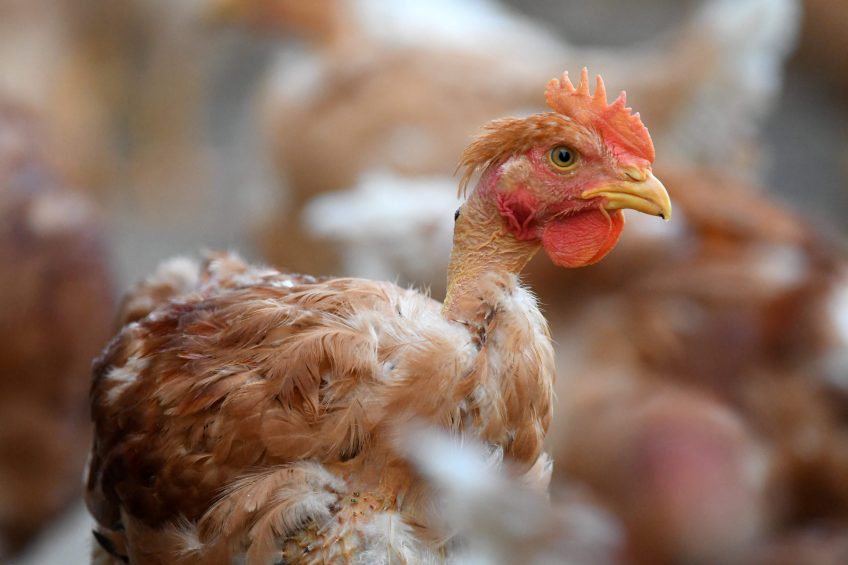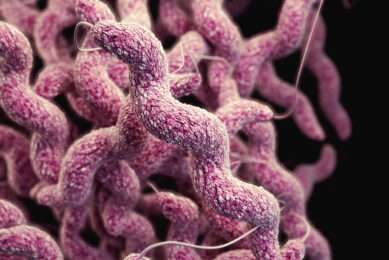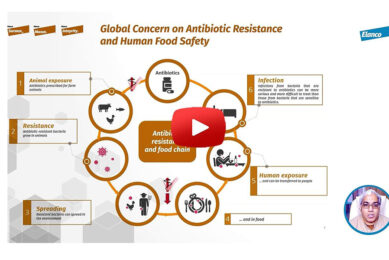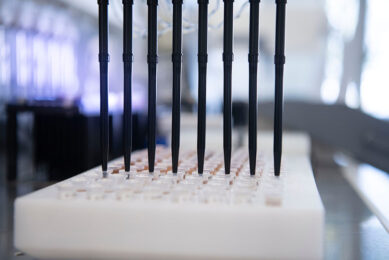Approach antibiotic resistance head on

Most acknowledge that an overall reduction of their use – in both human health and livestock – will reduce the chance of problems getting worse. There is evidence that in countries where the most stringent controls are in place that resistance is lower.
Alarming threat – people and animal health in danger
The issue is one of high priority; 25,000 people each year are thought to die from infections resistant to antimicrobials every year in Europe alone. EU commissioner for health and food safety Vytenis Andriukaitis has described it as “an alarming threat, putting human and animal health in danger.”
Resistance found in important antimicrobials
Take, for example, the latest summary of resistance in humans, animals and food published by the European Union earlier this year. While it didn’t directly look at poultry (that work will be published next year) it confirmed new cases of pathogens resistant to antibiotics. The report found the first instances of resistance to carbapenem, a drug of last resort for human health. ESBL-producing E.coli – a difficult infection to treat – was found in beef, pork and pigs. And campylobacter coli bacteria in humans has been found resistant to 2 critically important antimicrobials, fluoroquinalones and macrolides.
Confusion causes knee-jerk reactions
As ever, there are 2 reactions to reports of this nature, some seek to defend agriculture’s record, others to denigrate it. Most farmer organisations will advocate responsible medicine use where it is needed to treat illness. Those opposed to intensive animal rearing will undoubtedly use the data to call for banning treatment for unwell animals – in particular those in groups.
The worst scenario is that these 2 messages can get mixed, and that’s where complications arise. Not treating unwell animals appropriately, by limiting treatment, for example, has been found to contribute to resistance. Withdrawing treatment altogether is potentially a cruel solution. Caught up in this confusion are consumers, who can react strongly to scare stories, and to an extent that is what we are seeing in the America – knee-jerk reactions to remove medicine from animal production.
The trick is to remain proactive, and seek harmonisation across companies, countries and continents. Individual businesses must be seen to be taking a rational, science-based approach, and equally be able to tell customers about that activity in a clear way. Most importantly, it is a challenge everyone involved in poultry farming must approach head on.
Check out the interactive Poultry Health Tool – with the latest insights on the 40+ most common poultry diseases.












